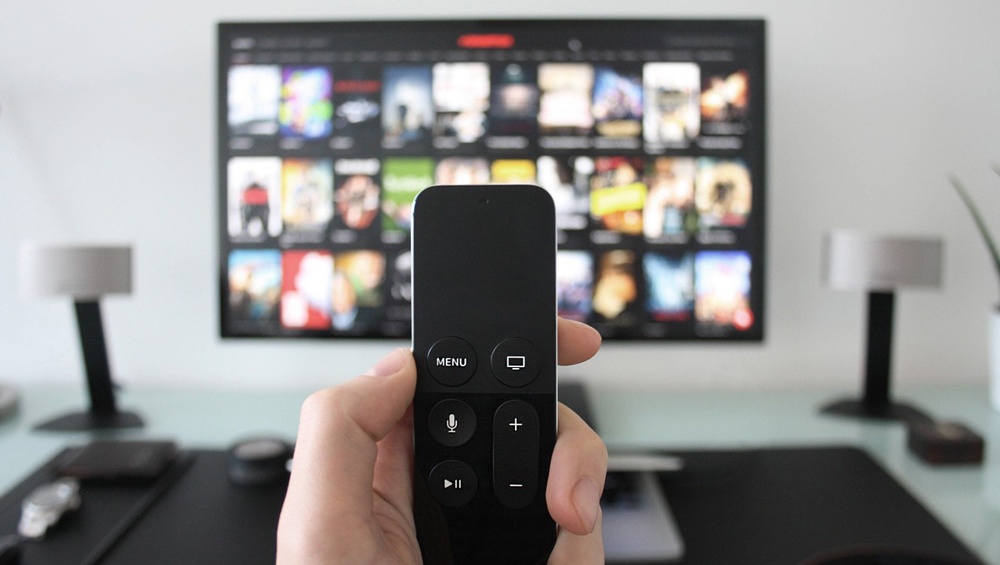
Beating The Drum For Adopting Impressions

NEW YORK — Among TVB’s goals for its annual TV Forward conference was to convince all broadcasters and media agencies to buy and sell spot TV using impressions rather than conventional ratings points.
Whether the trade group was successful remains to be seen, but it made a strong case as several speakers touted the benefits of impressions at the daylong conference in New York Thursday.
Consider all the shows on TV stations that register a 0 rating, said Catherine Herkovic, EVP and managing director of local television at Nielsen. The 0 rating may actually be a .05 rounded down, she said.
“The smaller the market, the bigger the lift,” Herkovic said. “Even for the large English-language broadcast stations, we saw a 5% to 7% lift in the number of programs that would show up when we moved to impressions.”
By moving to impressions, many of those zeros turn into actual saleable numbers, she said, adding that the morning period, between 4 a.m. and 10 a.m., showed more program lift than any other time of day.
In a coordinated campaign, major station groups have been declaring their conversion to impressions and cost-per-thousand pricing.
Just prior to the conference, NBC/Telemundo, CBS, ABC, Nexstar and Hearst said they were on board. And at the conference, Hilton Howell Jr., executive chairman and CEO of Gray Television, said his company was joining the impressions “chorus” when he picked up the Broadcasting & Cable Broadcaster of the Year award.
At the conference, panelist George Ivie, CEO and executive director of the Media Rating Council, said there is a strategic reason to go to impressions.
“Dynamic ad insertion will be coming to local TV. And when we start measuring in that environment, we’ll have to use impressions. There’s no other way.”
Hadassa Gerber, the TVB’s EVP and chief research officer, referenced a study conducted by the American Association of Advertising Agencies (4As) of its members. “Seven out of 10 of them agreed that impressions are the best currency,” she said.
Because local TV is the only medium that uses ratings instead of impressions, the onus has been on the agencies to make conversions from broadcast ratings to impressions when they evaluate cross-platform campaigns. “The use of impressions takes the friction out of buying local TV and combining it with other platforms,” Gerber said.
But Kathy Doyle, EVP of local investment at IPG’s Magna unit, has been a leader in impressions buying and urged other agencies to follow her lead.
“This is easy math. We learned this in fifth grade. You can do this. I know it seems intimidating and hard to do, but it’s not. And you don’t have to move the mountain all at once. Pick one client in one market and test it,” Doyle said.
Magna account reps often communicate with clients using ratings information, but Magna’s buyers do transactions using impressions, and that carries through to the reconciliation process. The conversion from ratings to impressions at Magna started in 2013, and in 2020, every single spot transaction for clients will be done using impressions.
Jeff Boehme, SVP of TV and cross-platform research at Comscore, noted another benefit: impressions measurement can actually extend beyond a given designated market area (DMA), which may better conform to where TV stations can be received by households, and that can equate to more people counted.
“Local market boundaries may or may not be relevant depending on the [media] plan,” Boehme said. “The second point I would make is that impressions can be converted, and defined by, actual consumer value. For example, the number of people who buy BMWs, perhaps in Los Angeles. Those are the kinds of values that we can now make available.”
Boehme said that at present, Comscore provides time-shifted numbers over the course of 31 days on the national side, but on the local side the time-shifted numbers are only for the household base and don’t include demographics. “We’re investigating that as we speak. I don’t have a specific date, but we’re looking at some time in 2022,” he said.
Boehme said he expects to have a more specific timetable by fourth quarter 2019. Gerber promised to keep after him about that.
































Comments (0)